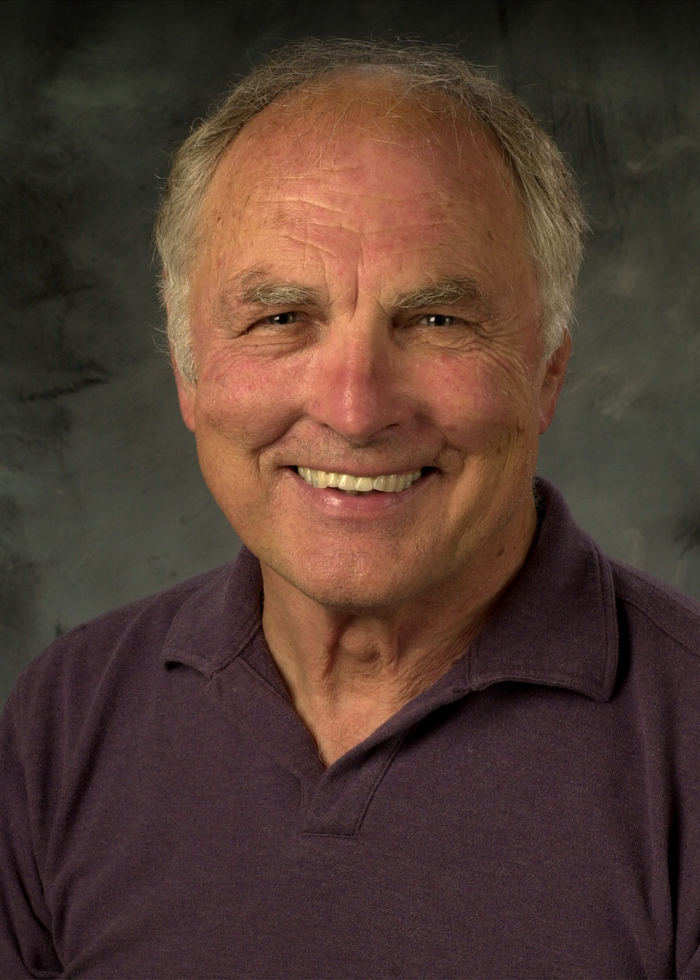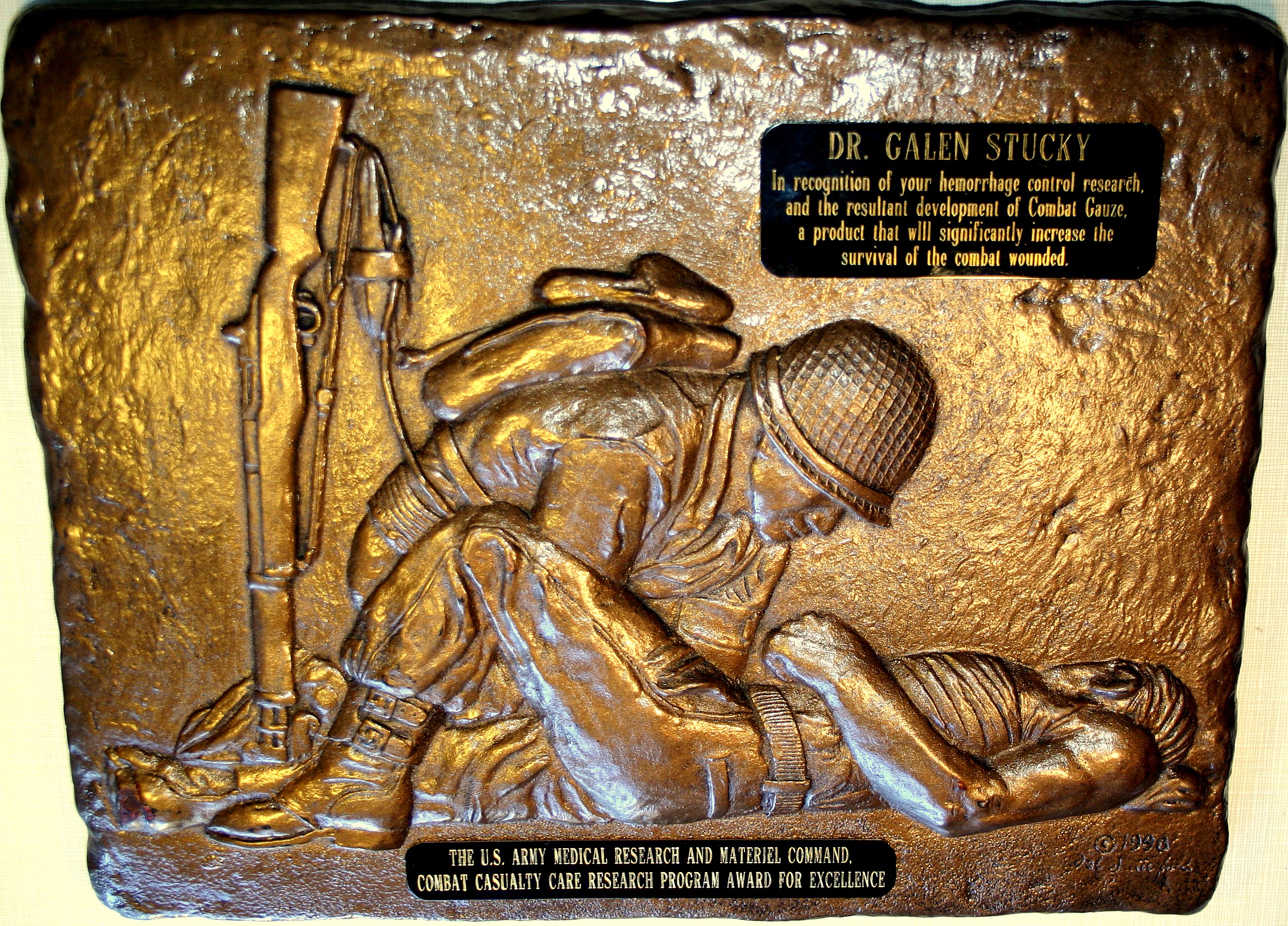
 Galen Stucky obtained his Ph.D. degree in Physical Chemistry from R. E. Rundle at Iowa State University in 1962, with a thesis on the synthesis, NMR, single-crystal growth, and structural characterization of the Grignard reagent.
In 1962-63, he was a postdoctoral associate with Clifford G. Shull in the Department of Physics at MIT, studying the Schwinger effect by
polarized neutron scattering from pyroelectric crystals.
He received a National Science Foundation Fellowship to participate in a three-month workshop with Per Löwdin at the Florida Quantum Chemistry Institute, and then began his academic career in 1964 as an Assistant Professor in Inorganic Chemistry at the University of Illinois at Urbana-Champaign, where he was promoted to Full Professor in 1972. After working at Sandia National Laboratory and DuPont Central Research and Development from 1980 to 1985, he joined the faculty of the University of California, Santa Barbara in July 1985. At UCSB, he is Professor in the Department of Chemistry & Biochemistry (College of Letters and Science), Professor in the Materials Department (College of Engineering), and a member of the Interdepartmental Program in Biomolecular Science and Engineering. He currently holds the UCSB Khashoggi Chair in Materials Chemistry.
Galen Stucky obtained his Ph.D. degree in Physical Chemistry from R. E. Rundle at Iowa State University in 1962, with a thesis on the synthesis, NMR, single-crystal growth, and structural characterization of the Grignard reagent.
In 1962-63, he was a postdoctoral associate with Clifford G. Shull in the Department of Physics at MIT, studying the Schwinger effect by
polarized neutron scattering from pyroelectric crystals.
He received a National Science Foundation Fellowship to participate in a three-month workshop with Per Löwdin at the Florida Quantum Chemistry Institute, and then began his academic career in 1964 as an Assistant Professor in Inorganic Chemistry at the University of Illinois at Urbana-Champaign, where he was promoted to Full Professor in 1972. After working at Sandia National Laboratory and DuPont Central Research and Development from 1980 to 1985, he joined the faculty of the University of California, Santa Barbara in July 1985. At UCSB, he is Professor in the Department of Chemistry & Biochemistry (College of Letters and Science), Professor in the Materials Department (College of Engineering), and a member of the Interdepartmental Program in Biomolecular Science and Engineering. He currently holds the UCSB Khashoggi Chair in Materials Chemistry.
Dr. Stucky is a Fellow of the American Academy of Arts and Sciences (2005), the American Chemical Society (2013), and the National Academy of Inventors (2015). He was elected to the U.S. National Academy of Sciences in 2013 and awarded, with Avelino Corma and Mark E. Davis, the 2014 Prince of Asturias Award for Technical and Scientific Research. Other honors include a von Humboldt Senior US Scientist award (2000), the American Chemical Society Award in the Chemistry of Materials (2002), the International Mesostructured Materials Association Award (2004), the Advanced Technology Applications for Combat Casualty Care Award (2008, see below), and the Nano Today Award (2011).
In Dr. Stucky's research, the overall goal is the design and synthesis of new materials with an emphasis on understanding interface and nucleation chemistry and creating multifunctional 3-D systems by cooperative molecular assembly. The work demonstrates how complex composite materials can be synthesized and selectively converted into desired morphologies for applications in optics, catalysis, energy storage, energy conversion, and separation. He has also carried out in vivo studies on biomineralization, the concepts of which he is currently applying to the synthesis of multifunctional, nanostructured materials and their interaction with biosystems.

On August 11th, 2008, Galen Stucky was honored with the ATACCC Award for his role in the development of a blood-clotting gauze that is helping save soldiers who suffer severe, life-threatening injuries in Iraq and Afghanistan. His research into inorganic materials for control of blood-clotting began in 2004 at the request of the Office of Naval Research. The commercial therapeutic to stop arterial bleeding was designated in 2008 by the U.S. Department of Defense's Committee on Tactical Combat Casualty Care as the hemostatic dressing of choice for all five branches of the uniformed services. More than 5 million units have been deployed in the field since 2008. Click here for a PDF file concerning the research.